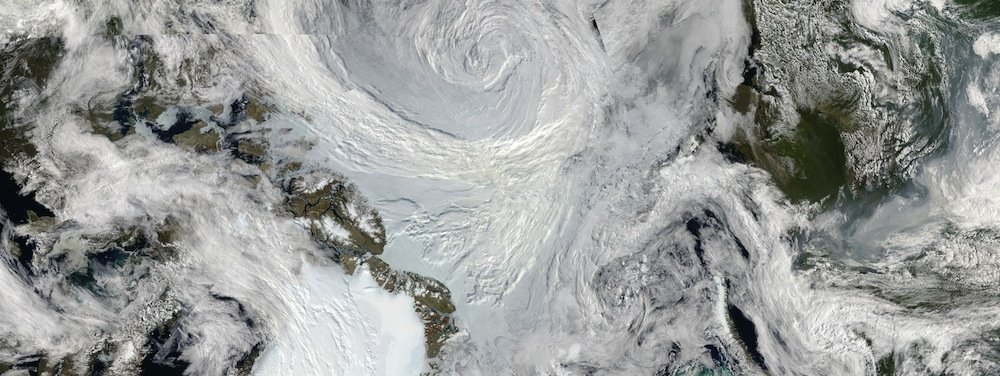The recent rapid warming of the Arctic has raised many interesting questions about how polar climates work and how they affect the lower latitudes. Many of the resulting theories focus on the behaviour of Rossby waves, which are planetary scale waves in atmospheric circulation. However, these waves crucially depend on the meridional gradient in the Coriolis force, i.e. that the effects of Earth’s rotation on the atmospheric circulation varies with latitude, and this effect is known to be much weaker in polar regions than in the mid-latitudes. We present a new picture of polar dynamics in which waves are still present, but are weaker compared to the turbulent flow characteristics. This helps to understand features such as the long persistence times of Arctic cyclones, and also sheds light on how Arctic changes such as the ongoing loss of sea ice can indeed provide weak forcing of Rossby waves to mid-latitudes.
The physics of polar weather patterns
Host: Paul Kushner


